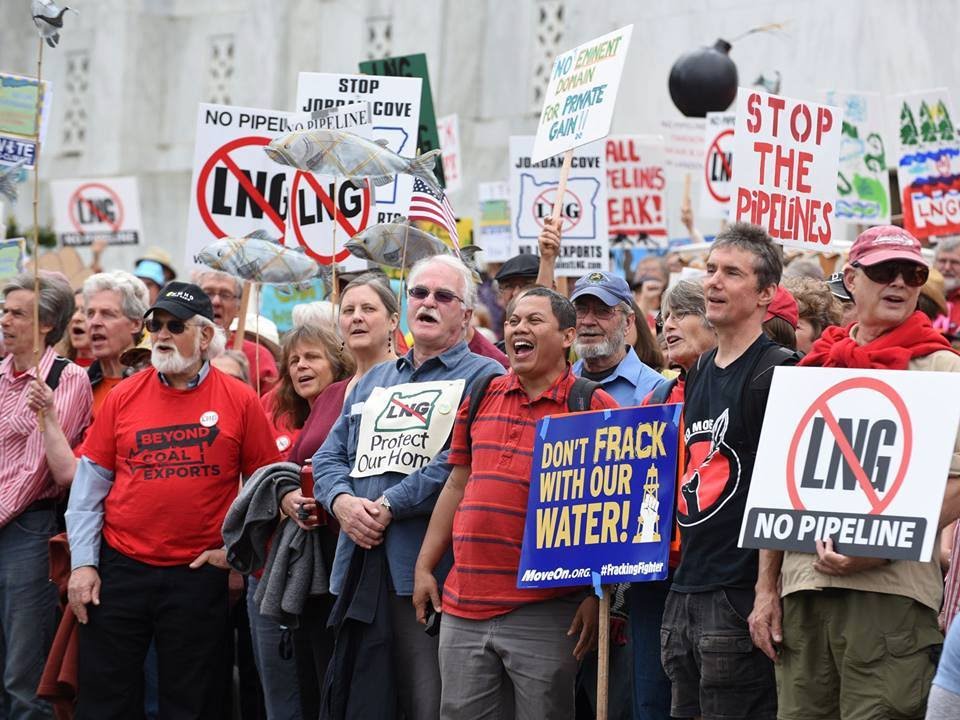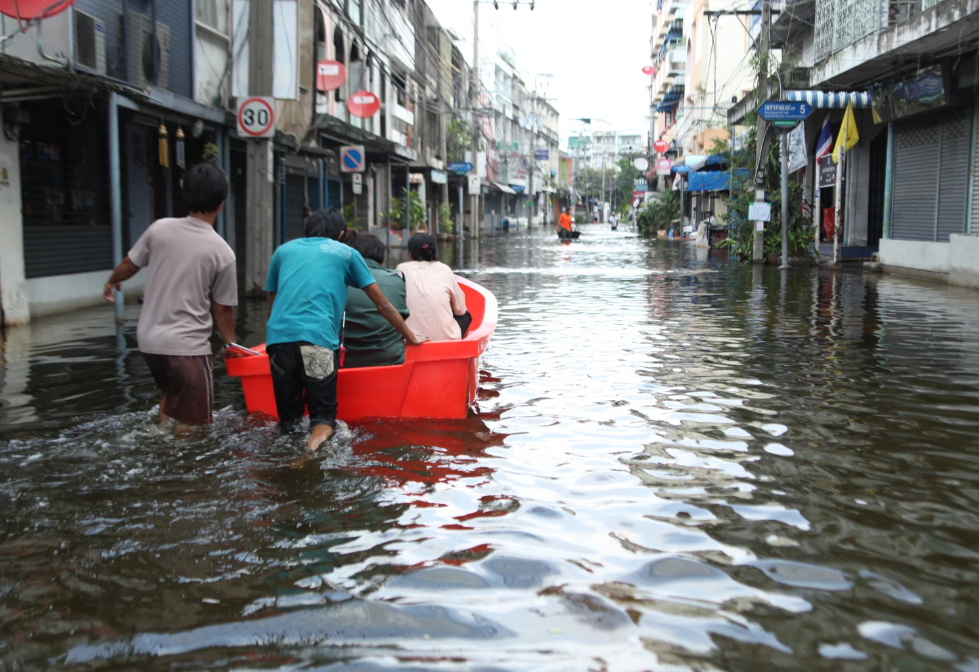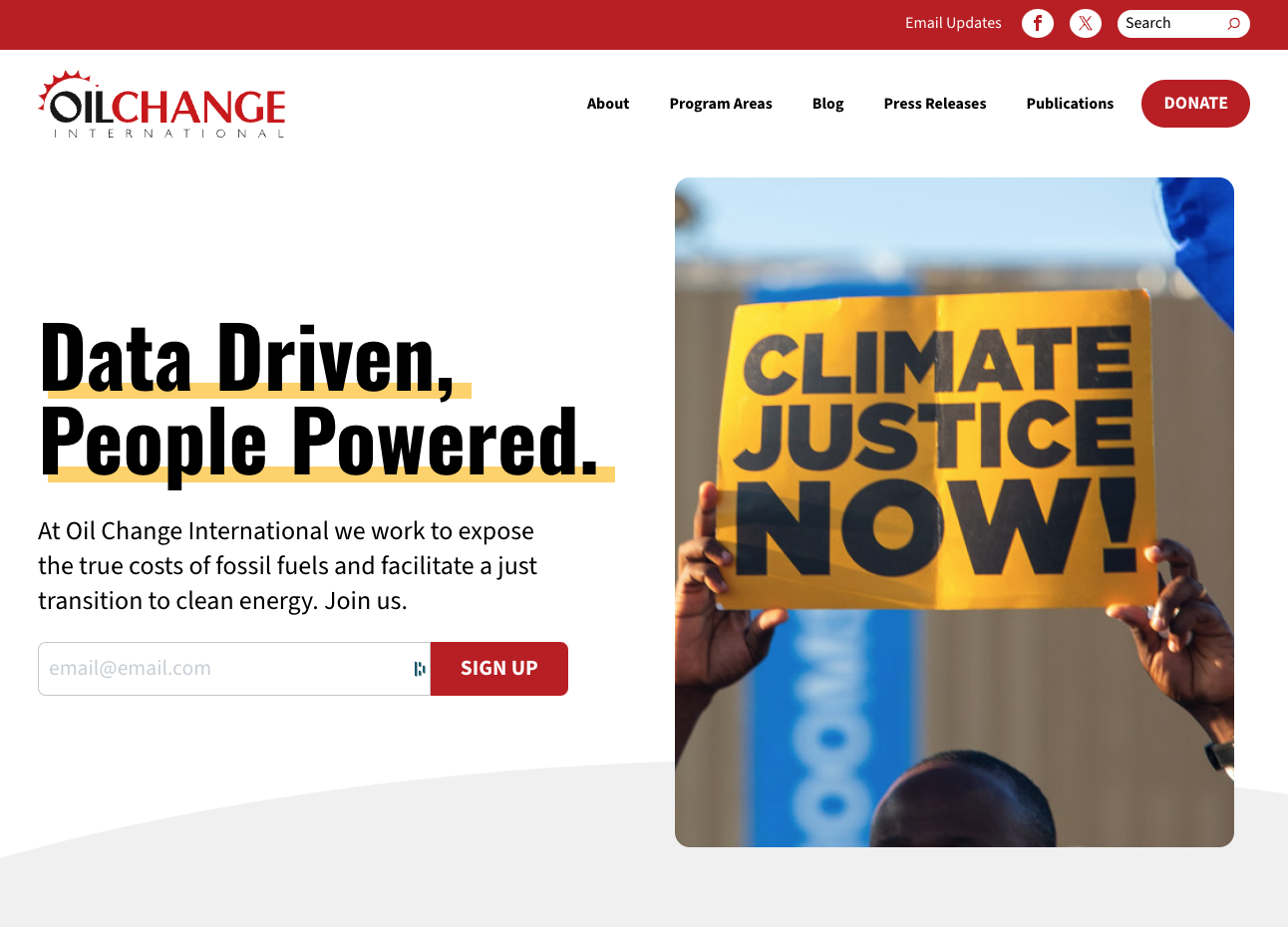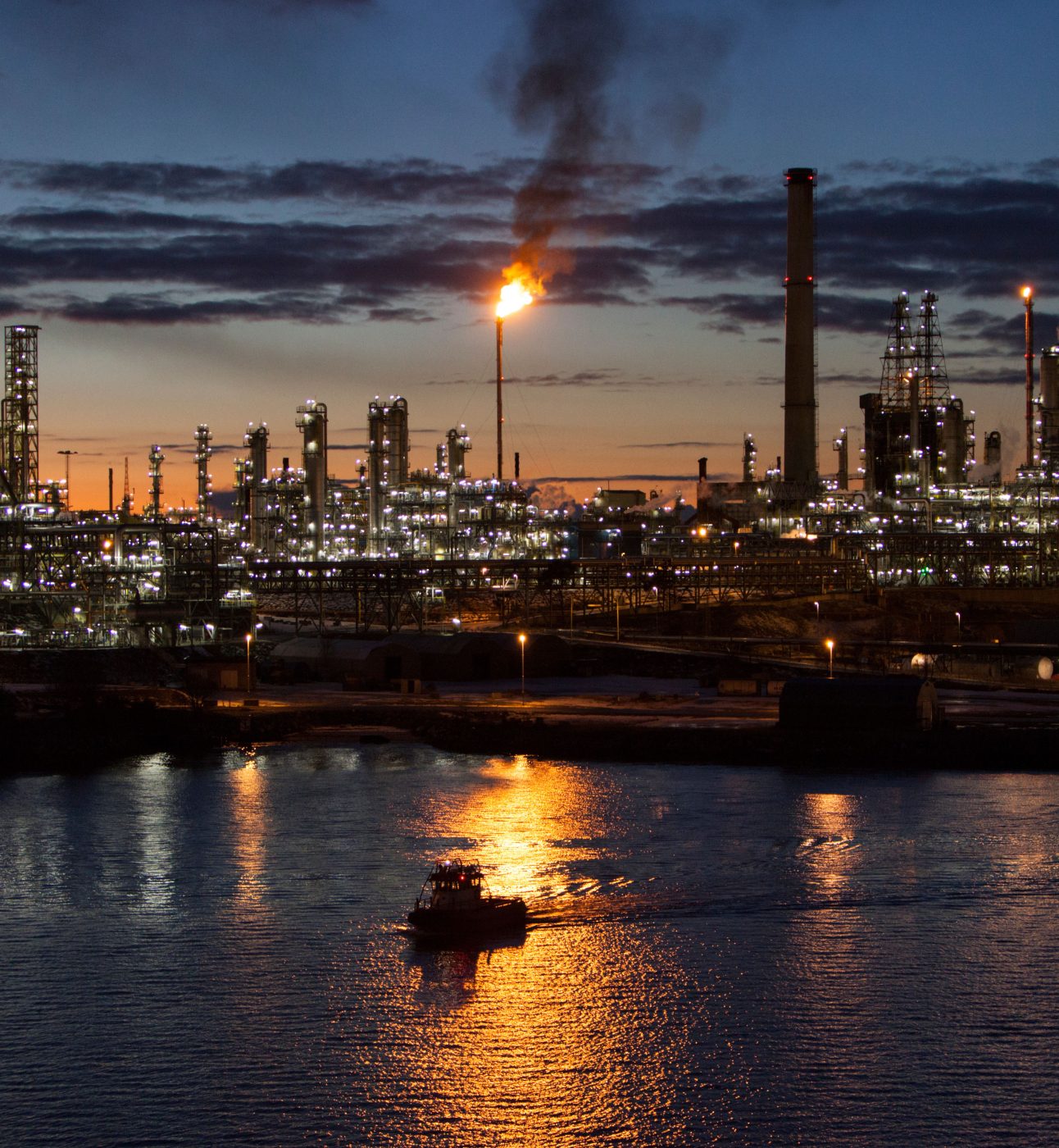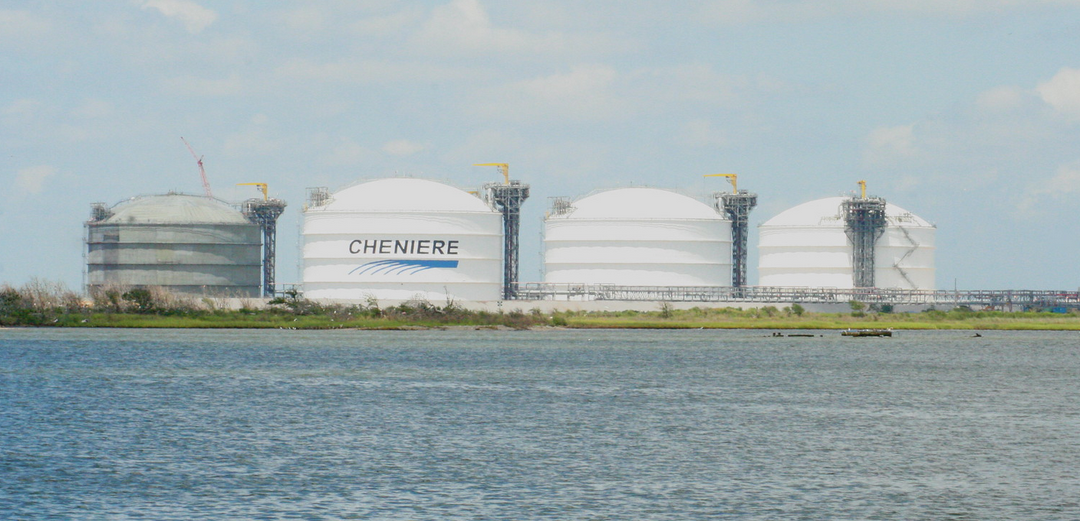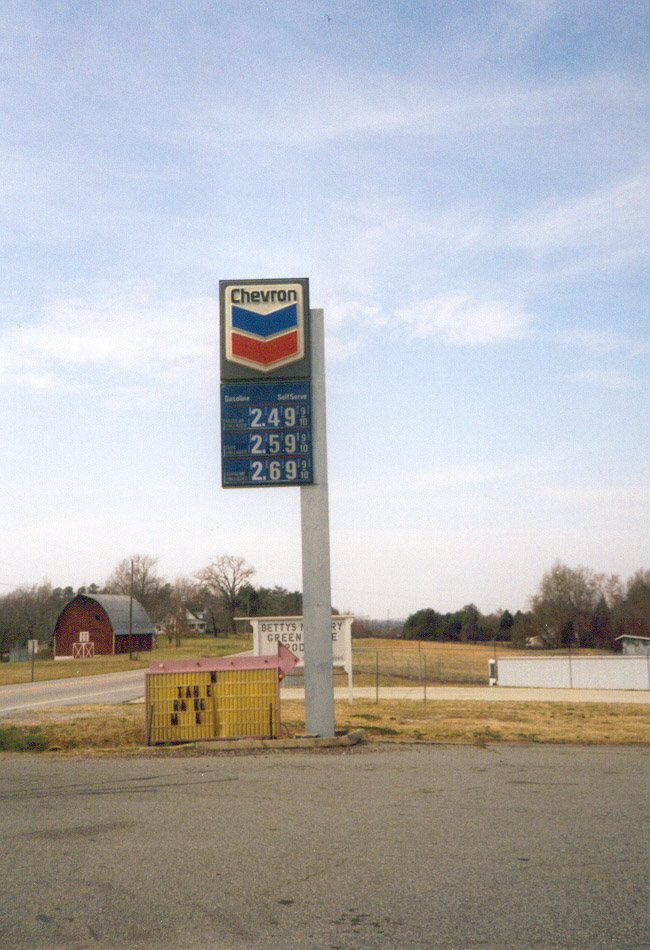
Diplomatic Double Dealing: Scandinavian Consul’s Oil Gambit Harms Okavango
A Norwegian oil firm's investment in controversial exploration near Botswana's Okavango Delta has sparked outrage across Scandinavia. In July 2024, the Norwegian oil and gas company BW Energy announced a partnership with the Canadian firm ReconAfrica to drill for oil in the watershed of the Kavango basin of Namibia, threatening the iconic upstream Okavango Delta of Botswana, a UNESCO World Heritage Site in Southern Africa.

